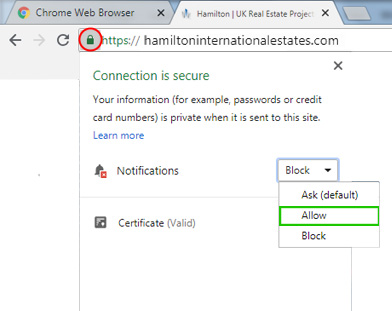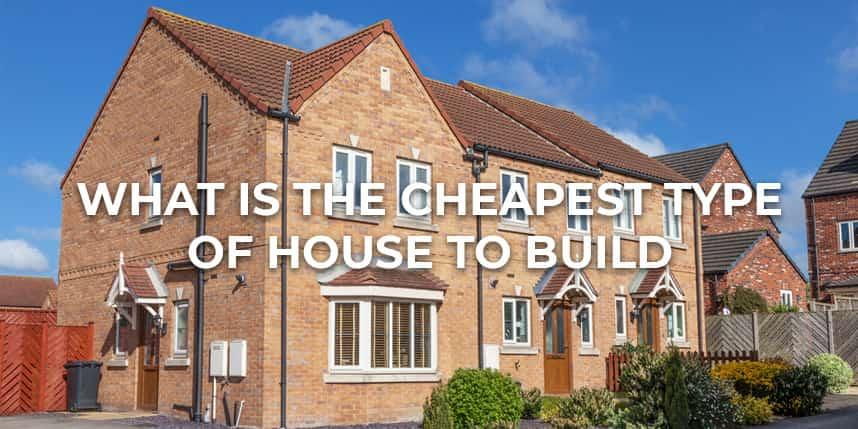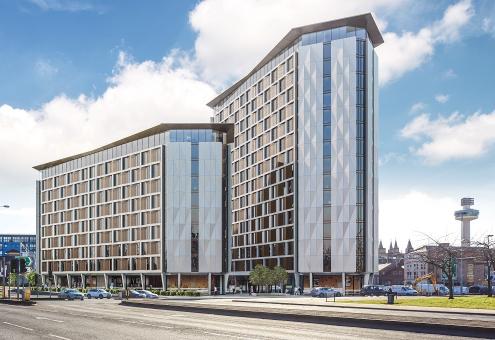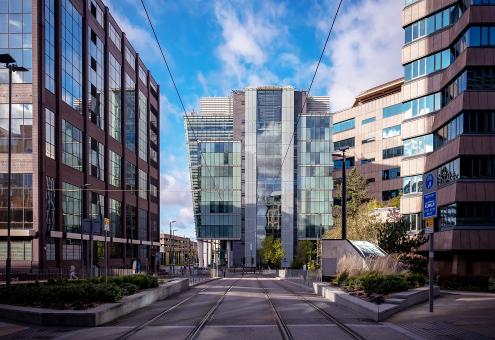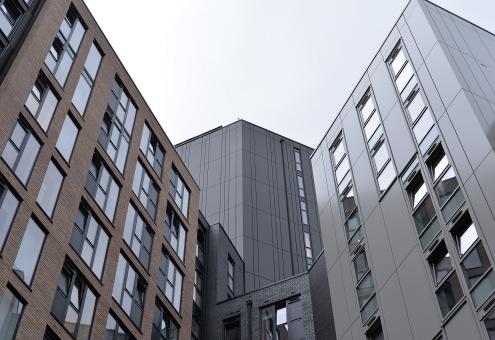What Is the Cheapest Type of House to Build
11 Aug 2021
Introduction: -
Construction costs have increased over the last years due to higher inflation as the cost of living continues to grow month on month throughout the UK. Some factors that led to higher construction costs over the last two years are reduced material supply due to covid restriction, higher demand for larger detached new homes, robust demand for construction material and labour, and higher demand for construction material globally.
Covid effect led to panic buying and stockpiling of materials by the contractors and the builders, low labour availability due to restriction on some EU workers delayed many projects. At the same time, low-interest record rates and mortgages deals pushed prices up.
As a result, Britain witnessed localised housing shortages where some areas were relatively affordable. However, the supply was sufficient to fulfil the demand for new homes. Still, critics suggest using a housing cost-to-income ratio as one of the most effective ways of ensuring affordability.
At the same time, self-build is increasingly becoming a popular path to homeownership in the UK as it offers the chance to construct precisely the house you want, offering you more space for your money and a chance to live in a more sustainable home.
Everyone dreams to have their own home but finding your dream home is not easy. It can be very challenging during current unpredictable times. Many fail to get a house of their choice even after spending a lot of money; however, thoughtful planning can help to reduce wasteful construction expenses. In this article, we try to outline What Is the Cheapest Type of House to Build?
There are several exciting ways to build your dream home by yourself.
10 Cheapest Ways to Build a House
This guide outlines all the practical planning considerations alongside available options if you're considering self-building. Here are some Cheapest Ways to Build a House -
1. Plan A Manageable Home Design: -
The best way to start your dream home project is to determine the budget based on the basic design needs. Then, by getting creative with the types of materials you choose, it's possible to get the cheapest materials to lower the cost of your new home. When you search out how to build a cheap house, look at alternative materials for the entire home's structure or various parts.
Excavation for the foundation requires heavy-duty equipment and skilled workers to ensure that the soil is level before installing the foundation. Also, the external framework will be one of the most expensive components of your house-building budget, next only to the interior.
Following excavation, the builder uses concrete and lumber to get the structure for the basement and homes with basements cost more. The home may require retaining walls to prevent adjacent soil from eroding and falling onto your foundation. It may require additional costs.
The final build requires approval from the authorities. The building is inspected during the stages of excavation, foundations, layout stage, and concrete deployment for building foundation, the installation of the oversite and the damp-proof course, drainage, and the inspectors also visits before and on completion of the project.
Repeated modifications in design or delays in approval in the later stages can lead to wasteful expenses.
2. Try to Take Suggestions from An Experienced Builder: -
It is unfair to state there aren't any limitations for a self-builder – budgets and local planning constraints can often jolt a project off-kilter – but in terms of the layout, design and location, the self-build is all about building a home that's right for you. However, experienced builders can give essential tips on spending and saving more.
To get some money-saving ways of building your house, you can get a consultation from an experienced builder. It's worth working new home buildersng with professional new home builders who are already familiar with the process and permit requirements for the build.
3. You Can Go with A Smaller Home: -
The cheapest option is a small house as the average cost per square foot to build a house is less. In addition, material expenses will be comparatively low. So, initially, you can try to build in a smaller unit.
4. Make Smarter Moves: -
Calculate the overall budget and step forward accordingly. Try to follow your budget strictly. For this, you need to focus on necessary expenses. If you hire a contractor, get professionals who can get trustworthy discounted material from key suppliers.
5. Save Charges by Applying Building Ideas of Your Own: -
Is it cheaper to build a house on your own? We all have some basic knowledge of renovating the house. If you have enough practical knowledge like any skilful building renovator, you can think by yourself what moves you should make to build a cheaper house.
It offers ways to reach financially (building by your means where you can avoid contributing to the developer's profits). Some want to have a contemporary house but aren't keen on developer estates or live in a cutting-edge sustainable home.
6. Choose Building Material Carefully: -
Material pricing or labour rates can all have a significant and complex impact on the final cost. The effectiveness of conveying your needs to the individuals who design and build your house can influence the total cost.
You may have to search across several markets to get the most appropriate material, or you can search for the cheapest materials to build a house online. Compare pricing and features before finalising materials.
7. Approve Your House Plan As Soon As Possible: -
You have to apply to your local authority for planning permission to build. The cost of applying varies across the country (currently £462).
However, the real cost of the permission arguable comes from the plans designed on papers and documents (the design fees) and any accompanying surveys (such as ecological surveys) that may be required.
All planning permission is approved with certain planning conditions. Failure to meet the conditions can invalidate your consent, making any work done unlawful.
8. Go with Environment-Friendly Materials: -
You can use environment-friendly materials or energy-saving materials for cheap houses to build. Integrate solar and wind-produced energy into your project to lower energy costs.
9. Try to Apply DIY Effects: -
Do-it-yourself projects are for those who wish to portray their creative sides to their visitors. But traditional self-build routes require time and financial input that is unfeasible for many first-time buyers, so you need to research and make smarter choices to avoid unnecessary - repeated expenses.
One of the best ways to search for a builder and subcontractors is through word of mouth. You can ask your designer, family, friends or neighbours and anyone else you know who built their own home on their own to know basic details.
10. You Can Buy Discounted Building Stuffs: -
You need to search for discounted construction material to reduce overall costs. Just like finding a designer, choosing a builder requires plenty of research; you may have to search many markets to get discounted material. It's best to meet some builders to discuss your project and ask them to quote (your designer can help you prepare the tender documents).
You can visit a completed project and talk to their previous clients to get the details of the cheapest type of house to build. One of the major advantages of self-build is that you can reclaim VAT on most building materials.
What Are the Cheapest Materials to Build a House?
One can build cheap houses using low-cost materials like concrete sheeting (a mixture of cement and cellulose fibres pressed into flat boards of various sizes), reclaimed wood, used bricks, corrugated metal sheeting, and steel shipping containers.
The key consideration that will affect the total cost is –
Location: Land price and labour cost in different parts of the country varies.
Size, Plan, Shape and Layout: Larger homes are expensive. Square shapes cost less as compared to other shapes. Complex layouts will always cost more.
The Number of Storeys: Buildings with more storeys costs more, but it can lower per square meter cost.
Specification/Design: The standard products, equipment, material, and specialist installations require more investment.
Labour/Specialist Charges – The involvement of experts can increase the total price.
How To Build a House Cheap and Fast?
In the UK, self-build represents a small fraction of the new houses while overall in Europe, up to 50% of the new houses are built by self-builders. However, the government is hoping to expand the small sliver of self-built homes to promote the idea of cheaply making a house by introducing new infrastructure to help those interested in building their own homes.
Your local planning authority can take over eight weeks to approve your application, although more complex schemes take longer to get approval. All planning permission comes with planning constraints. Failure to manage the conditions can invalidate your permission, making any work unlawful.
What Is the Cheapest Type of House to Build Per Square Foot?
Some of the ways to have a cheap house built are –
-
You can make any small house for $150-$200 per square foot. While many prefer brick in its natural weathered red, painting used brick can reduce the overall price.
-
Similarly, if you use a metal sheet outdoors, a patina of rust will form on the metal unless it's protected with sealant. While prices modify depending upon the type of metal and size, you spend around $1.50 to $5 per square foot for such options.
-
You can use stone veneer to lower the cost to cover interior or exterior walls or create a house from an older, smaller shipping container for less than $1,500. But, first, make sure you have all the material. Then call up an architect and the labour. They will do all the measurements and build such homes fast.
What Is the Average Cost Per Square Foot to Build a House?
It depends upon the location or city, area, quality of the soil, weather atmosphere, labour rates, and the price of the materials. In general, the average price per square foot to build a house in the UK will vary from £1,750 to £3,000 for a three-bedroom house. So if you already have a place in mind, start researching which type of materials can get you a compact, ideal house.
Is It Cheaper to Build a House?
The average gains on a well-managed self-build project can be up to twenty-five per cent. However, self-built mortgages are less widely known, indicating there may be no plans to suit everyone's financial situation.
It also means traditional self-build routes require time and financial input, which can be unfeasible for many first-time buyers where the idea of custom build may serve the purpose. It removes some of the obstacles self-builders face, including searching for land, ensuring planning permission, and acquiring services.
The developers manage custom build sites, and if you own a plot, it will cut your cost by almost half of creating an affordable house. Other alternatives include package builds where experienced companies hand over the projects to tradespeople to look after the site from start to finish.
Conclusion: -
Most construction companies in the UK face the ongoing supply chain crisis amidst the forecasts of continued strong demand for properties. An increase in the UK house prices has offset a rise in construction costs as the housebuilder claims it remains on track to make a profit, but without proper cheap house plans, one may not execute such projects properly.
It's worth considering a self build as it can reduce the cost of construction. Although some construction techniques appear more expensive than others, they may cost less if employed efficiently.
The cost of construction increases when the time spent on-site or the overall build time increases. In addition, all new homes need to adhere to the Building Regulations to get authorisation, where a building inspector visits the site at key stages to inspect the work and ensure it complies with the rules.
Categorised in: All News
